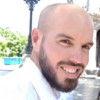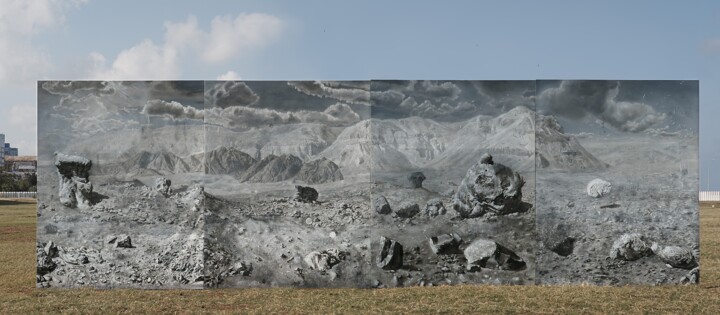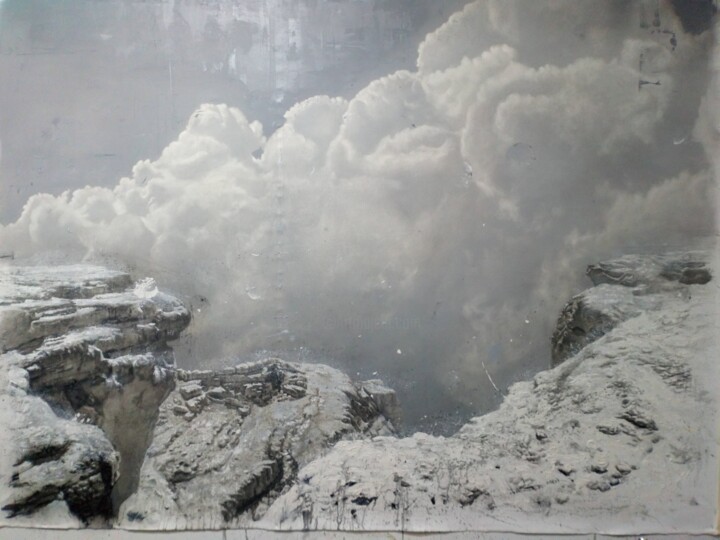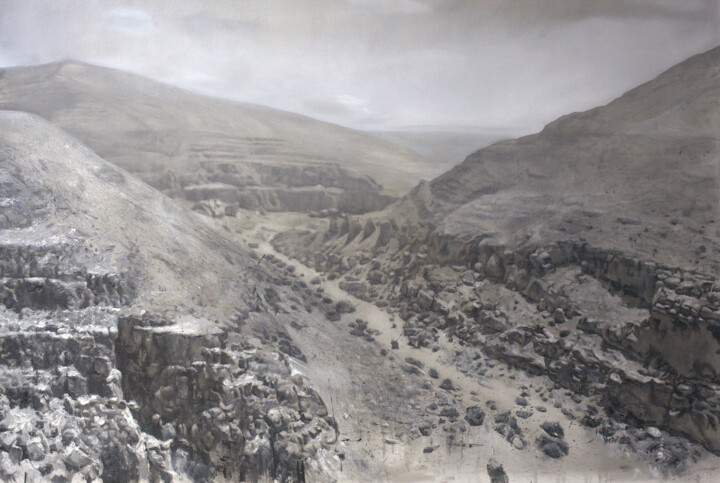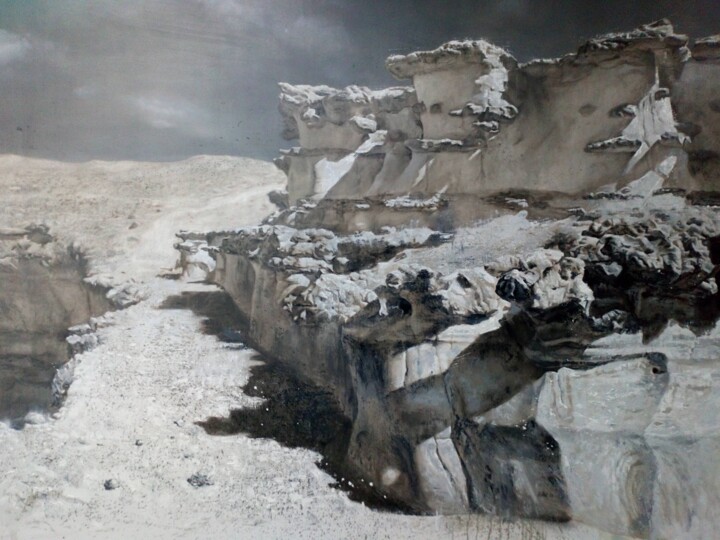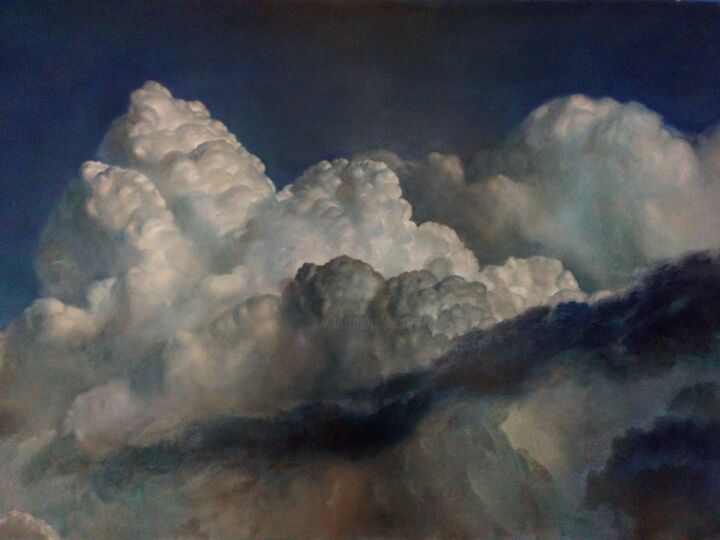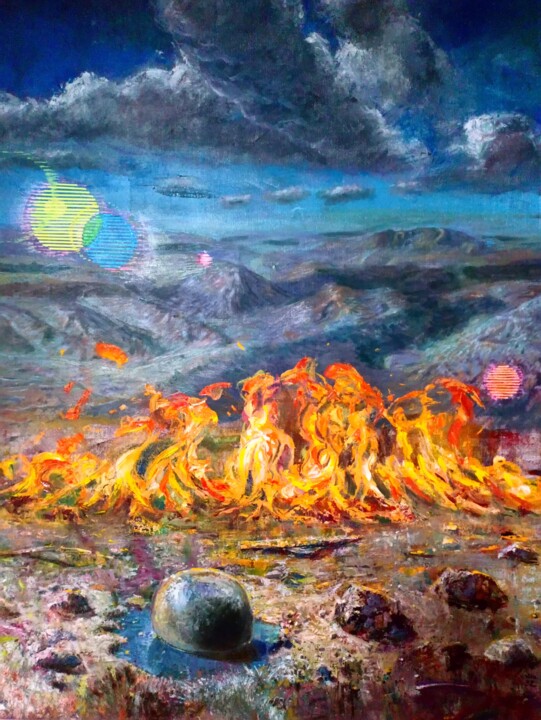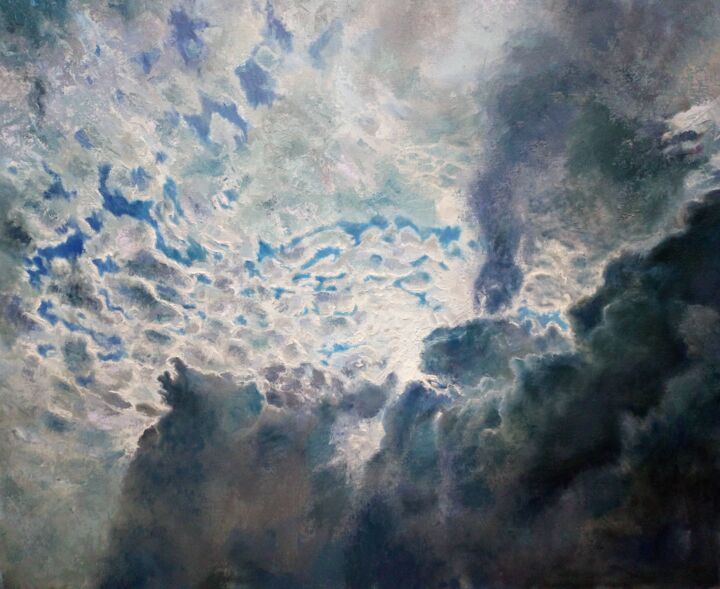What made you approach art and become an artist (events, feelings, experiences...)?
My subconscious, something I feel, some reason I sense. I still feel that it can be interesting after so long and I don't really find the specific reason, I just echo my decision to study it. I said to my mother when I was 14: if I don't get accepted for the arts academy I won't study anything! arts academy I don't study anything! Alert at an age where you usually don't know what you want. what you want. I finally studied art in high school and then at university.
What is your artistic career, techniques and themes that you have experimented so far?
In 2005 I entered the Academy of Plastic Arts "Eduardo Abela" in San Antonio de los Baños, Artemisa province, Cuba, specializing in painting. At this stage we worked techniques such as drawing, dry brush, watercolor, oil, acrylic, engraving, I experimented with various media and alternative materials, dabbled in installation, object art, site specific, interventions and envairoment. I was always motivated by the experiences I absorbed from each place: the motivation invaded me. At the beginning, social and family themes were constant, referring me to my origins and inner search. After finishing my undergraduate studies I experimented with concepts of language and representation, studying the philosophy of Wittgenstein and conceptual works by Kosuth; I made mural paintings in my community, read art news and empirically studied art criticism and the catalogs of the great masters. Later I did my undergraduate degree at the Universidad de las Artes ISA, Playa municipality, Havana, Cuba, I worked with heritage, fine arts, museum collections and conservation. Currently, after going through several experiences, I returned to painting with two series that use the landscape as an expression of contemporaneity as space and what happens in that fragment of time, in addition to pursuing that inner side that brings us closer to a deep truth.
What are the 3 aspects that differentiate you from other artists and make your work unique?
The first aspect that I do not fail to point out is the constant search to recognize myself. There goes all the proof of separating myself from my influences although I am not afraid to orient myself by the works that seduce me, and to turn the work into something truly genuine since that is what I pursue as an artist. I always move away from the photographic intention of a work using the resources of painting since I recognize myself more in the way of painting than in the subjects, and I do not finish until I print motivation and feelings with spontaneous strokes. From the formal point of view, I keep the chiaroscuro, which is an element of the drawing that stands out, and the use of aturados colors, besides the personality in the stroke that identifies the way of working.
Where does your inspiration come from?
There is an inner poetry that is detected in the spaces and some moments, but that lies in us all the time and that all the time and that emerges by necessity:
The immensity is in us. It is attached to an expansion of being that life represses, that prudence stops, but that continues prudence stops, but which continues in solitude.
Gaston Bachelard: "The minimal immensity".
"The plainness is the feeling that makes us great." Rilke
What is the intention of your art? What visions, sensations or feelings do you want to evoke in the viewer?
Create images that I carry inside, that I have seen or sometimes that I imagine or remember, and give them a personal meaning, beautiful or unpleasant (stimulating). This helps me to connect with the other, somehow the more one recognizes oneself the closer we are and the more connections we establish with others. This is one of the principles of art and a privilege for those who achieve it.
What is the process of creation of your works? Spontaneous or with a long process of preparation (technique, inspiration in art classics or others)?
I get to objectify a work when I get to see it in my mind, and it takes shape through different ways, some are born in a way that is always an enigma, others come out after days and months of thinking and rethinking it, then somehow spontaneous elements emerge within the premeditated idea and vice versa.
If yes, can you explain it?
Generally, as I said before, once I see in my mind what I want I start. I keep a store of images that are references to build the idea, then I incorporate other images as a composition, adding in this exercise the rocks that are an important resource that I use in the landscape. Many of the images I use are photographs taken with my cell phone camera so as not to miss situations that arise, in the case of machinery, the treatment is similar, many cab drivers are willing to show the resources they incorporate, most of the classic cars in Cuba have surprising modifications and from these dialogues a discourse is built that ends up providing greater meaning to the work.
Are there any innovative aspects in your work? Can you tell us which ones?
It would be very difficult to be innovative in painting, however the act of painting with this subjectivity makes each work unique, without violating technical principles of painting. I use painting to reflect reality, the objects are worked with precision and many of the details that are shown in them confirm this, however the way to realize them is often different, painting is an end in itself and the effects produced by accidents often have a meaning often superior to the object represented.
Do you have any format or medium with which you feel more comfortable?
There are several canvas formats for oil painting with which I feel more affinity: 45x50 cm and 125x105 cm, or similar sizes, preferably vertical and not very rectangular, with a tendency to square formats.
Where do you produce your work? At home, in a shared or private studio? And within this how do you organize your production?
A few months ago I left the studio I shared with some friends and started working from home, taking advantage of the dynamics offered by the tourism that visits the historic city of Old Havana. In this way I organized two walls, one to work on and the other for exhibition, the rest of the walls involve works with household furniture. The works after a drying time are removed from the wall and taken to varnish and photograph, while I continue other works next to it and replace them. I also have a shelf, behind
Does your work take you to travel to meet new collectors, to do shows or exhibitions? exhibitions? If so, what do you get out of it?
No, the works participate in group exhibitions or fairs abroad. My stay here allows me to work allows me to work without great expense. I only travel for artistic residencies.
How do you envision the evolution of your work and your figure as an artist in the future?
I hope to work in large formats with the use of installations and equipment necessary to broaden the experience with diverse materials. I hope to be so satisfied with the work in the future that I would not think of anything else.
What is the theme, style or technique of your latest artistic production?
I am currently working on the Holy Land series of landscapes of the Judean and Negev desert. Millenary landscapes of miles of sand and rocks, of stories full of acrifices and of great importance for Judaism, Islam, Christianity and other religions. In this series I strip myself of these concepts to attend to the myth and the repercussion that the spirituality of these inhospitable valleys has for the present time. The works are made in black and white using canvas as support.
Can you tell us about your most important exhibition experience?
Impulso Vital has been one of the best experiences, especially when it comes to associating the exhibition space with the work, no place like the Automobile Museum of the City of Havana has been more important to host this selection of works from my series Maquinaria. The possibility of sharing these experiences and arranging meetings with car clubs in Havana, such as the most recent celebration of the 4th anniversary of the British Classic Car Club of Cuba, and the well-deserved homage to Fangio, to mention some of the fruits of this exchange.
If you could create a famous work in the history of art, which one would you choose? And why would you choose it?
I would like to create a work with the warmth of Andrew Wyeth's works, able to achieve something completely incredible and profound out of the most trivial.
If you could invite a famous artist (living or dead) to dinner, who would it be? How would you propose to spend the evening? How would you propose to spend the evening?
Victor (me): Hello Mr. Vincent, how are you my friend? Even though you don't know me, everyone knows you. know you, you are in all the best museums and they even make memes with your works, especially with your self-portraits and sunflowers.
Vincent: Hi, I'm better, thank you. I beg your pardon? Are you kidding me sir?
(me): no, of course not! If you only knew! Vincent Van Gogh, I think it's even on the most expensive even on the labels of the most expensive clothes.
Vincent: memes?
(me): Ah, of course! I think it would be better if you accept me for dinner, I think I learn more from you than you will learn from where I come from.
Vincent: Very well, I accept your invitation, you go ahead while I go get my notebooks.


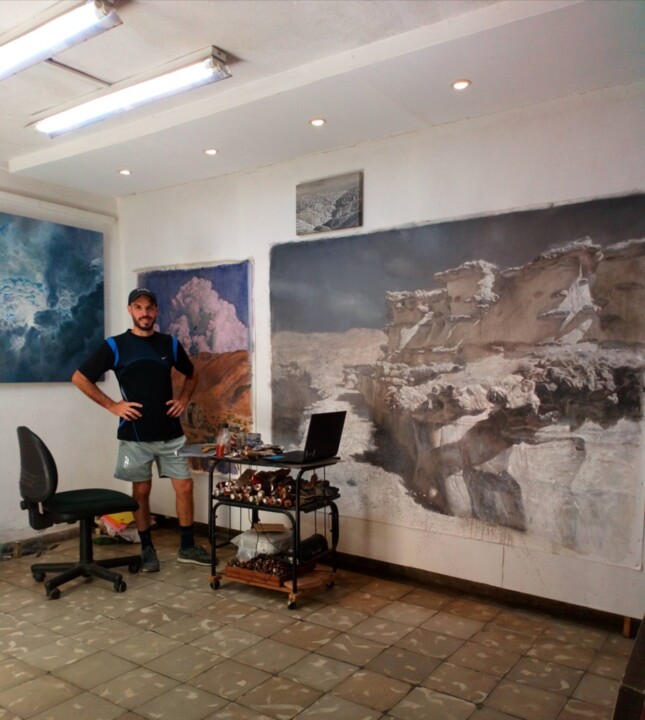



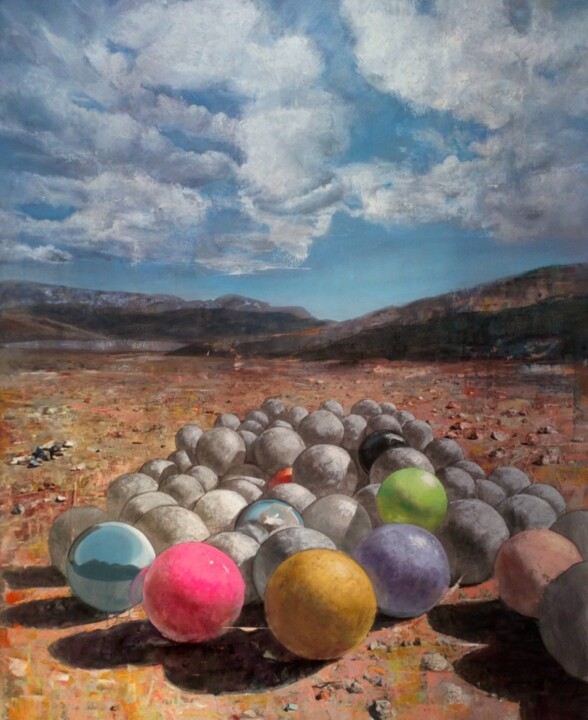
 Olimpia Gaia Martinelli
Olimpia Gaia Martinelli
